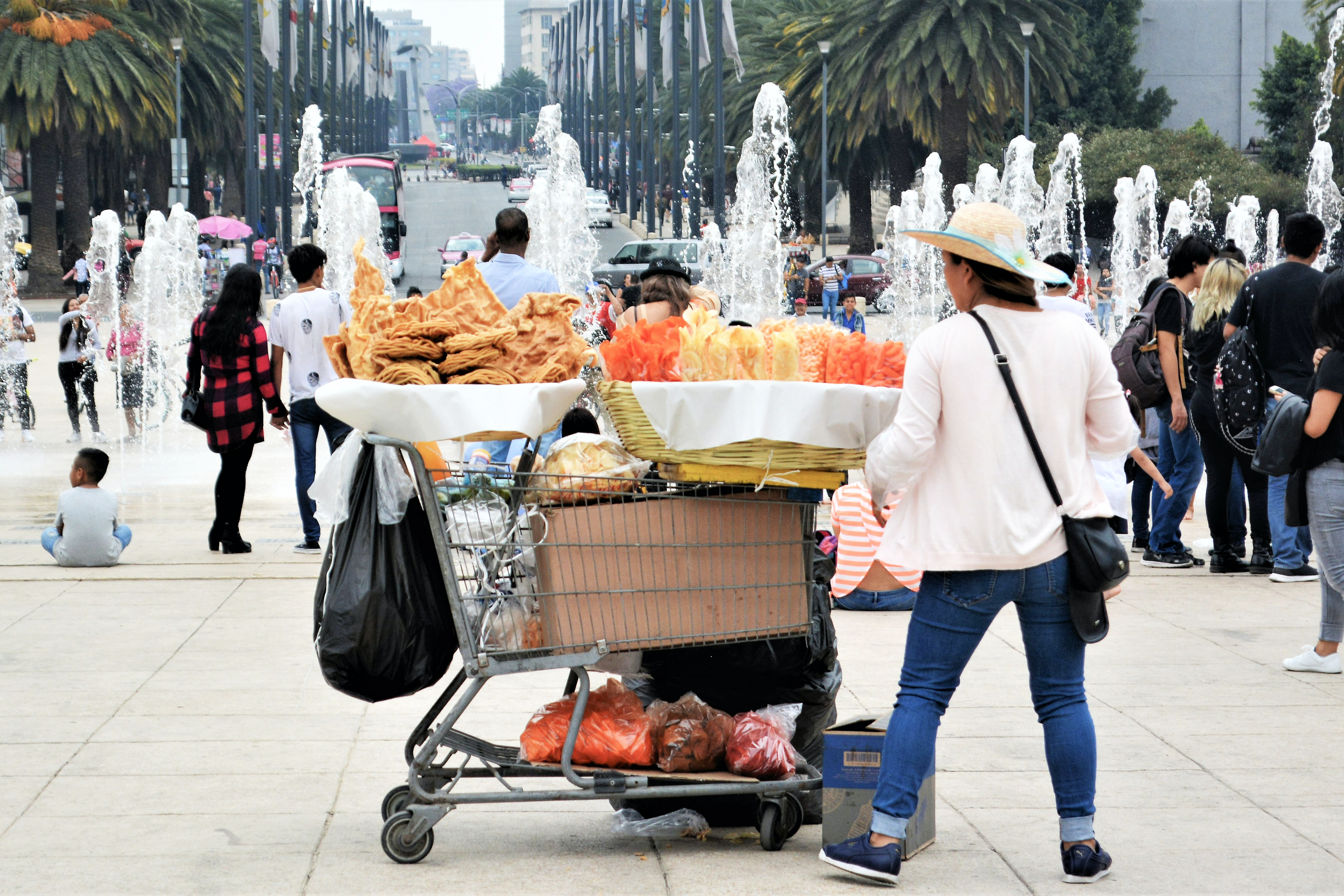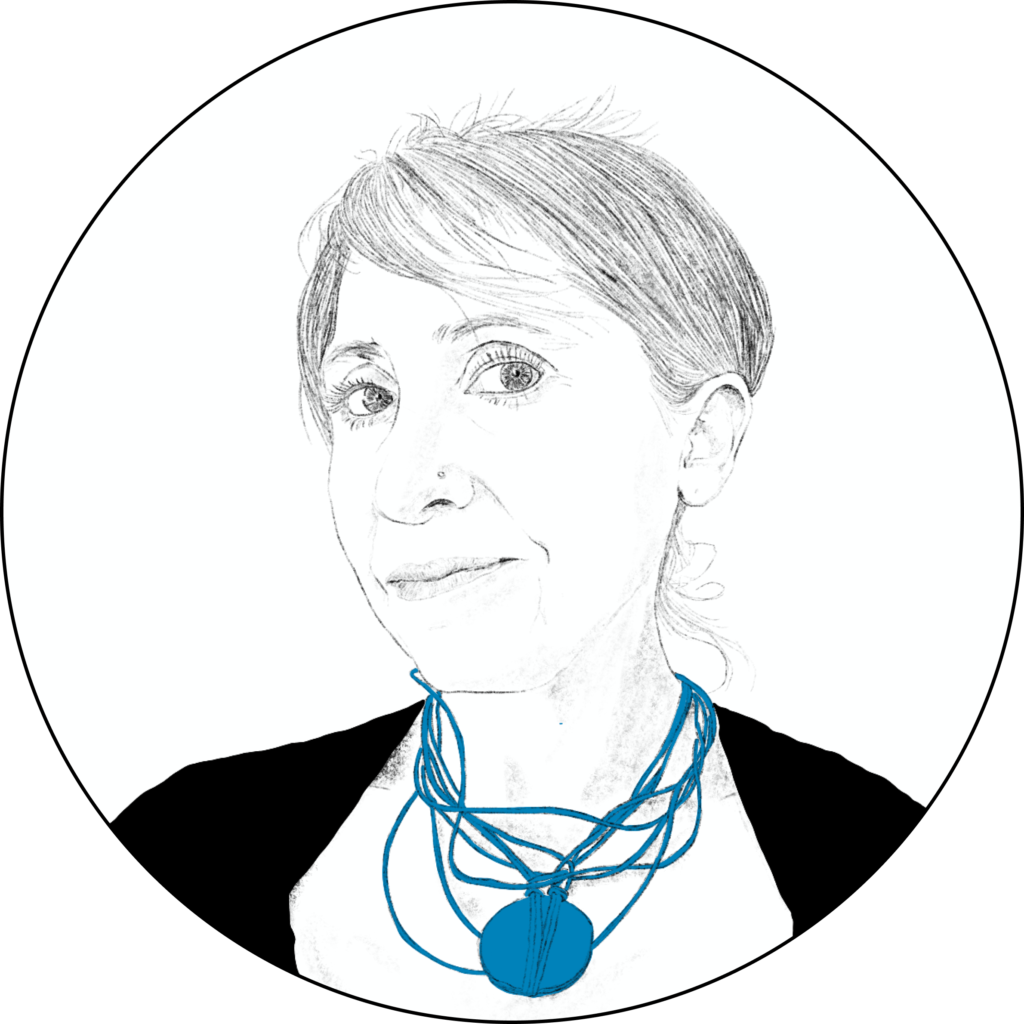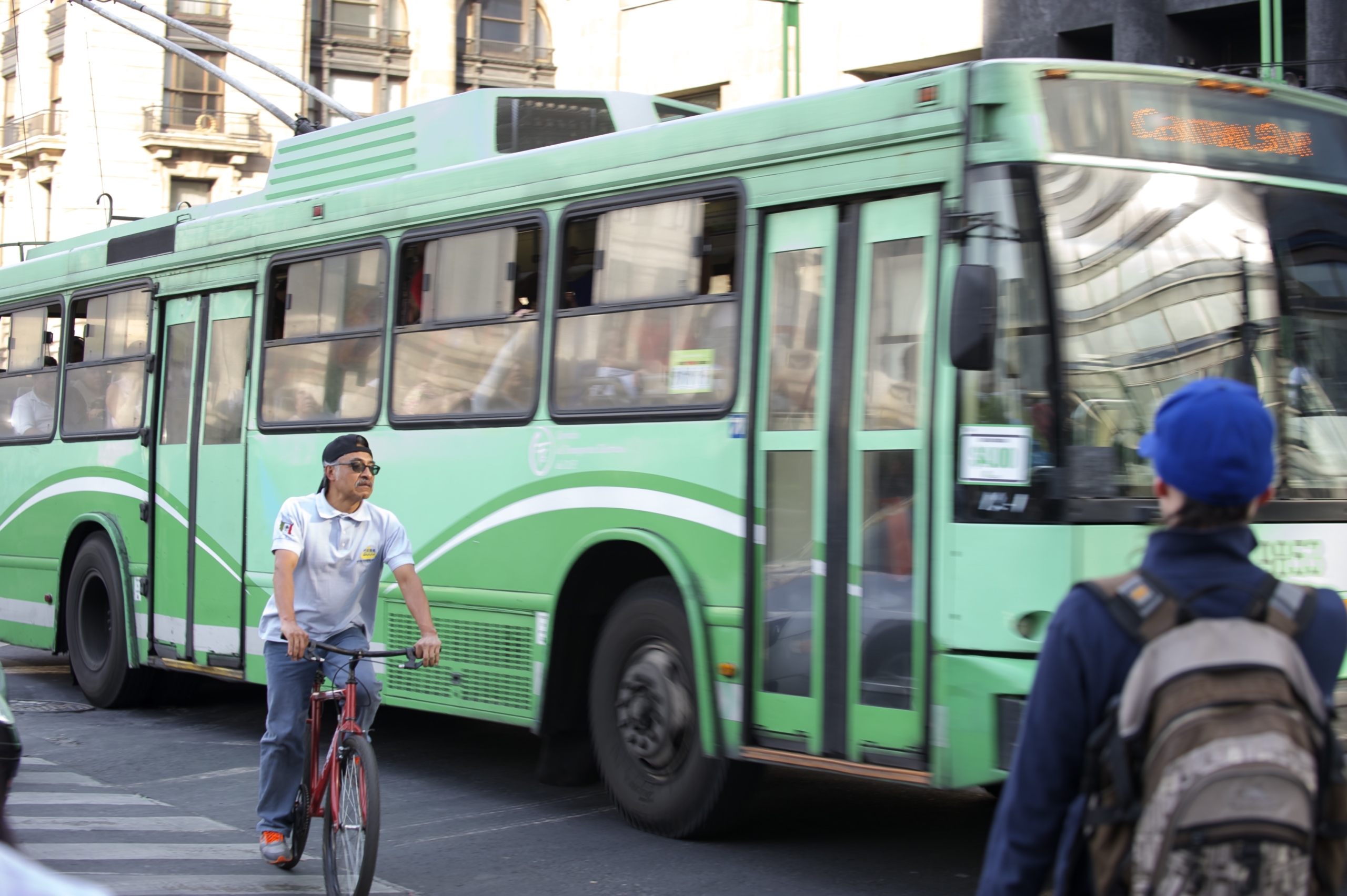Gabriella Gómez-Mont: “What we cannot imagine, we cannot put into practice.”

How can we make our urban spaces more resilient, inclusive and sustainable? And what new approaches, narratives and tools do we need to achieve that? As part of the Joint EU & UNDP Virtual Forum on Urban Transformations, UNDP’s Innovation team leader Lejla Sadiku talked to Gabriela Gomez-Mont about the essential changes needed to fulfil visions of better cities for everybody.

Gabriella Gómez-Mont is the founder and director of Experimentalista, a novel type of nomadic and creative office specialised in cities, public imagination and system change, with high-level, transdisciplinary collaborations across the world. She is the former chief creative officer of Mexico City, and founder of Laboratorio para la Ciudad (2013-2018), the award-winning experimental arm and creative think-tank of the Mexico City government. There she led a team of 20 experts with diverse backgrounds – from urban political sciences, humanities, urban geography, data analysis and civic technology, to art, writing, philosophy, history and architecture – and reported their findings to the mayor.
How can we – any of us – change a city?
I’ve heard many people say that cities are perhaps one of the best engines for transformation. Cities are completely fascinating, but also completely complex. So how does one even begin a conversation of transformation, let alone see those preferred urban social realities come to life?
One of the incredibly important things that governments sometimes skip over, is thinking about urban imaginaries. What are the cities that we want to see come to life? We have to start thinking about first principles once again. We have to ask ourselves: How do we want to live together? How do we want to move together? To play together? Further our well-being together?
One of humanity’s responses has always been government and governance, but it’s time to revisit those essential questions and find answers that are more akin to the current times.
Could you give us an example of that?
Let’s take climate change as an example. We have to stop thinking of the environment only in terms of its utilitarian role for us and start thinking – as many people in academia are thinking – of the more-than-human world. Diversity of cities should not just be about social diversity, but also about biodiversity. These are new paradigms that we need to start getting into. And what is better than these imaginaries being brought in from the government? The ideas can start somewhere else and then be brought in by the government to help generate a momentum around new answers to our old questions.
“Diversity of cities should not just be about social diversity, but also about biodiversity.”

Want to know more about the importance of imagination in urban transformation?
Watch the full interview with Gabriella Gomez-Mont at the Virtual Forum on Urban Transformation.
Who do you ask these questions to?
One would think that you can just pull in the experts that are missing in government, but for certain conversations, experts don't necessarily exist elsewhere either. That is why we have to build coalitions, collaborations and teams that can create knowledge in between disciplines. Then we need to figure out our questions, our portfolio of best practices, as well as what the experiments are that need to happen.
How do you do that? What is your process?
We look at the current state of the city. What already exists? What are the current policies? Who are the actors, both within and outside of the government? What are urban imaginaries? What are our resources, in terms of skill sets, finances and infrastructure? Then we figure out what the gaps are. The gaps are incredibly important because that is where the experiments need to happen for us to come up with new answers.
How do you design for an urban agenda to take on a life of its own? It is a very different process of transformation than when you are out to solve a specific thing. We need to keep in mind that many of the wickedest problems out there are never going to end. They will require a continuous conversation. The ecosystem around open-ended conversations, and open-ended questions, has to be activated. At the lab, we would always have our big urban agendas, but also some specific experimental provocations. We would partner within the government – cutting across silos – but also involve activists, foundations, universities, companies, etc., so that we can each take a piece of this conversation forward. This is what I mean by ideas taking on a life of their own.
“We need to keep in mind that many of the wickedest problems out there are never going to end. They will require a continuous conversation.”

That really resonates with the approach that we’re taking in Mayors for Economic Growth. I hear you say, amongst other things, that the public sector is redefining its role as a part of an ecosystem, rather than as the one that holds the answers. Almost like an orchestrator, providing space for others to engage towards a shared direction rather than a very, very specific goal.
You used one of my favourite words – orchestrators. I do think that we are seeing a shift of paradigms in terms of what cities’ governments do. For a long time, it was easy to pretend that governments had a very practical role within society and were there to be the efficient providers of services, receive complaints and keep the peace. But due to new challenges that are especially affecting cities as well as new possibilities, we are starting to find that this role for governments actually might be insufficient.
Efficient, effective, productive governments are a fantastic and necessary thing. But at the same time, if we think that the government’s role is to act on its own, solve problems on its own, and just make cities that are productive and efficient, then we are actually losing a big part of what a government should do. How do we start thinking of the government as an orchestrator of all of the resources that a city has? Sometimes there’s incredible expertise within government, but when it comes to newer subjects, it might be that academia or activists actually have a better footing.
“If we think that the government's role is to act on its own, solve problems on its own, and just make cities that are productive and efficient, then we are actually losing a big part of what a government should do.”
What do these expanded opportunities for participation in collective life mean in practice?
For example, when I was working with Mexico City, we crowdsourced the Constitution of Mexico City. As you know, the constitution is the most important legal document that a city or a nation can have. So this gives us a whole series of expanded rights that are very practical in nature. At the same time, it’s also a point to think about who we are as a city and who we want to become. Being able to work with more than half a million voices, and not only the experts in several arenas, was incredibly interesting for us. We could make something that seemed to just hover above daily life relevant for the people in Mexico City.
Another example, even more practical in nature, was about the informal bus system of Mexico City. It is one of the largest informal bus systems in the world. An astounding 14 million individual rides happen in these informal buses. From the sixties to the nineties, Mexico City expanded 35 times in terms of its territory. The bus system expanded right along with it and we lost track of what they did. We knew where buses began, and where buses ended, but we had no idea what happened in between, which basically posed two big challenges.

The first challenge was: How do you get across the city as a user of the bus system? Together with Istanbul, we had one of the most painful commutes in the world. And the second one was: How can you create mobility policies when you don’t necessarily know what’s happening here? So we created a citywide game, and with more than 4,000 people signing up, we had the equivalent of over 420 mapping days in two weeks.
This is the power of telling a story that people want to be part of, and of citizens being able to join forces in everything from drafting some of the most important legal documents that a city can have, to something that is part of daily life, like moving in a more efficient fashion across a megalopolis.
My final question is around the ability to imagine different futures. How do you see the role of social imagination and how can that be incited so that we create new narratives in the cities where we are?
That is a great question, because often we think that narratives are the cherry on the cake, but historically, they are the very essence of how we have created meaning as humanity. The things that we cannot imagine, we cannot put into practice. That has been one of the conversations that governments had also been slightly reluctant to get into, especially in these last decades where they’re taking more of a technocratic turn. But I think that’s actually the essence of political and social life.
I also think that it leads to a very different way of thinking about scalability. Many times when we think about how projects scale, I think that we’re still very much invested in a more industrial, engineered way of thinking about things. That can be important in many cases, but when an idea catches fire, it has a way of articulating people and ecosystems in a way that our best intentions alone cannot achieve.
We actually had a slightly painful but super interesting epiphany in Mexico City. To go along with the Mexico City Constitution, we created Urban Imaginaries, a social “thermometer” (social survey), so that we could feed it not only with the work that we did with activists, but also with a very quick sense of what people wanted from the city. What are things that they most love about the city? What are its biggest challenges? How do they imagine the future of the city? So we surveyed 31,000 people across 1,400 neighbourhoods.
Among other things, we found that even though we were prompting for positive futures, we got back mostly Mad Max scenarios of a city that was about to implode. This started a really interesting conversation within my team. Should the government care about this very subjective way that we relate to the city and imagine its future? We decided it should. I think that this is one of the most interesting spaces where cultural shifts happen.
Illustrations: Ivana Čobejová
Photos: cover photo – Unsplash by Carl Campbell, photo 2 – Flickr by © ITU/M. Jacobson-Gonzalez


